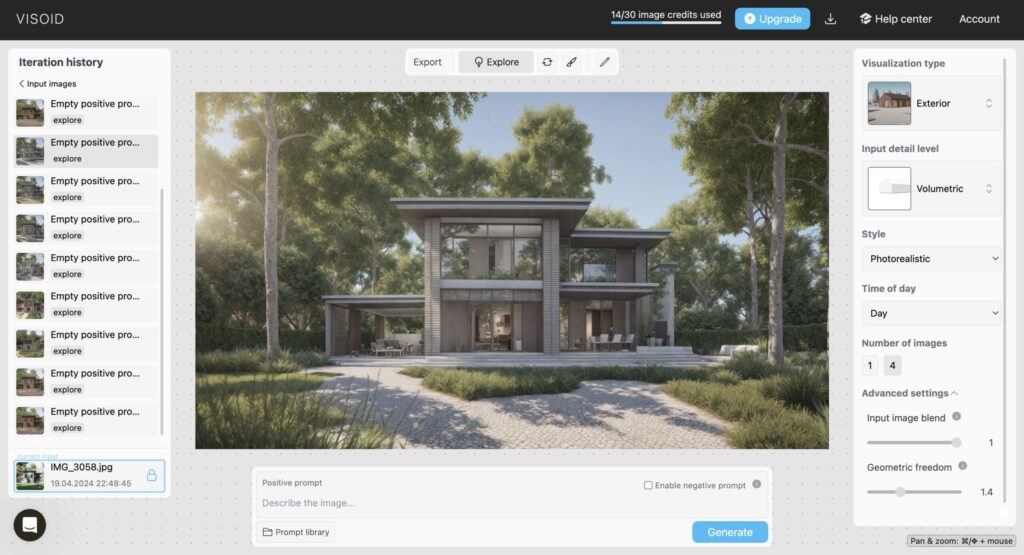
Top Rendering Tools and Artificial Intelligence: Architecture in 2025
Nowadays, visualizing ideas has never been more important – or easier. The human brain processes images in just 13 milliseconds, making them the fastest form of information input. In the world of architecture, the presentation of a concept through a quality rendering can decide whether an idea is perceived as a vision or remains just an idea. This highlights not only the importance of rendering, but also the inevitable impact of artificial intelligence (AI), which is changing the way students and professionals in architecture work, create and communicate.
Rendering: The basis of modern architectural presentation
Rendering is the process of generating an image or video based on a 3D model. There are two basic types: real-time rendering, which is used in video games and VR, and offline rendering, which is used in movies, architectural visualizations, and product design. The CPU (central processing unit) is often used for more demanding offline rendering, while the GPU (graphics processing unit) is optimized for fast, parallel calculations – perfect for real-time rendering.
Different tools serve different needs – from precise photorealism to rapid iteration of conceptual solutions. Here is a list of the most used tools that dominate the architecture and design scene today:
- V-Ray
Known for its photorealistic rendering, it is used within software such as Rhino, SketchUp, Revit and 3ds Max. Ideal for students and professionals looking for detailed rendering of lighting and materials. Combines the power of CPU and GPU.
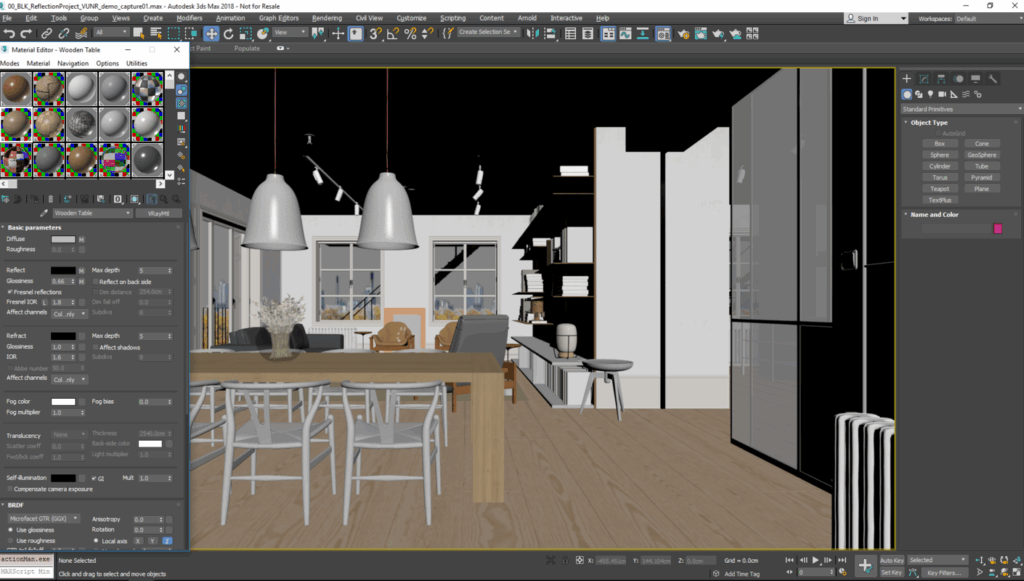
- Lumion
A real-time tool developed for architects. It allows for real-time editing and uses a rich library of objects and materials. Features like LiveSync and OpenStreetMaps support take realism to a new level.

- Enscape
Also real-time, but with a focus on simplicity and integration with VR devices. It offers quick feedback and the ability to share models via QR codes. Ideal for quick but impressive presentations.
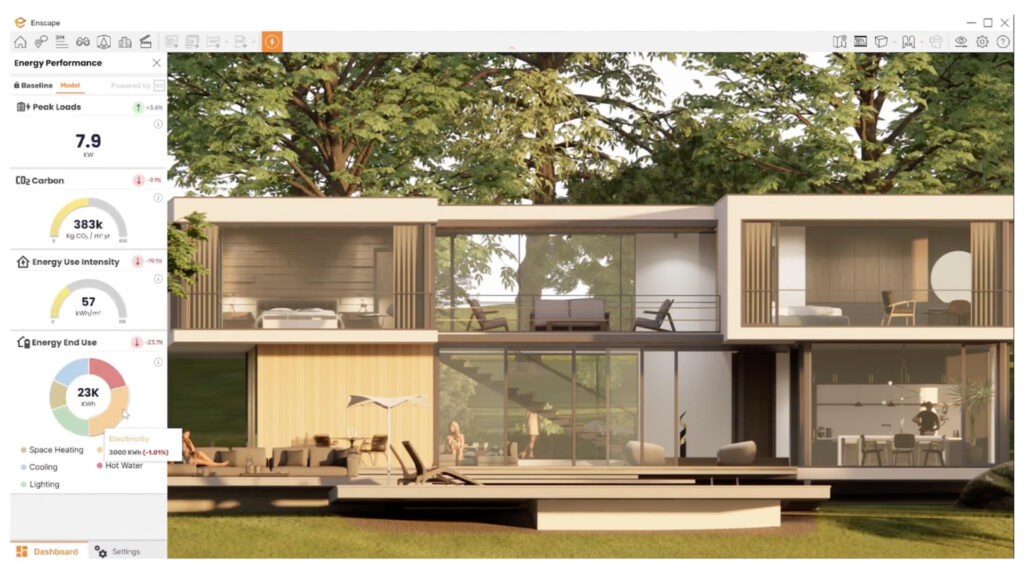
- Keyshot
Popular among industrial designers for its ease of use and speed. It doesn't require much learning curve, but provides a high level of realism. Great for quick visualizations of products and interior elements.

- Blender (Cycles)
Open software that offers top quality rendering through the path tracing method. It's free and great for students, although it takes time to adopt.
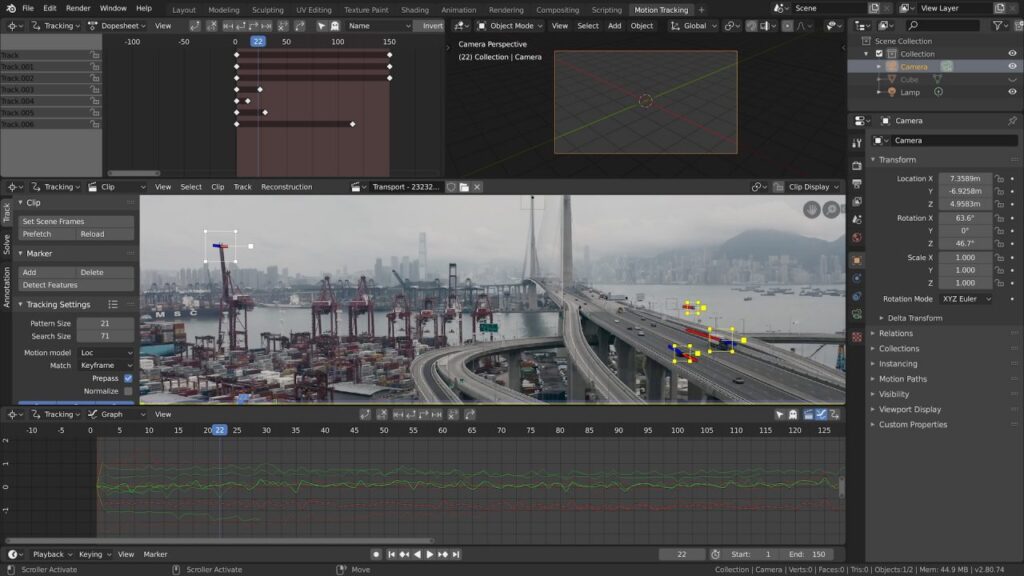
- Twinmotion
An affordable tool owned by Epic Games, ideal for urban planners and architects. Fast, visually powerful and connected to Revit, SketchUp and ArchiCAD. It also supports VR display.
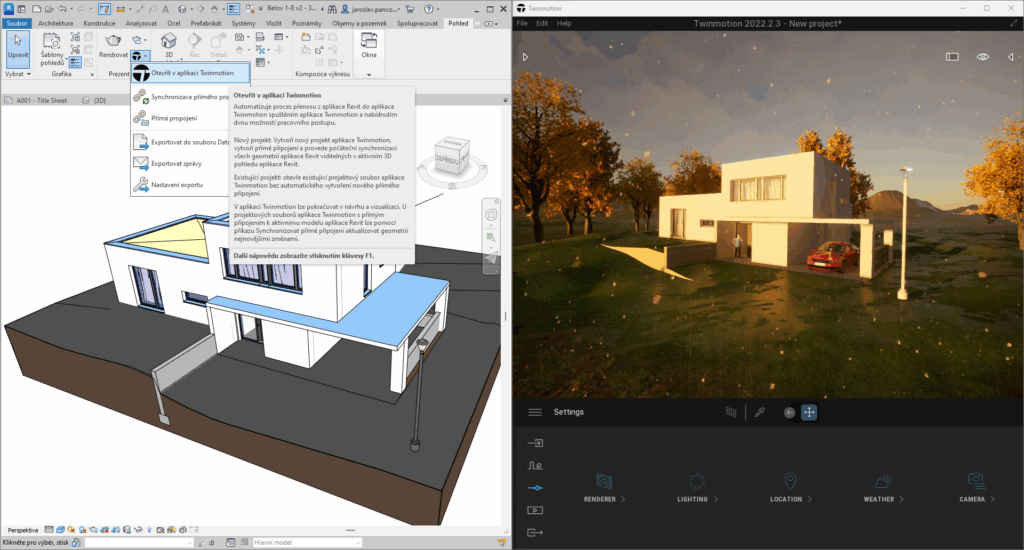
- Unreal Engine
Although primarily a gaming engine, Unreal is increasingly used in architecture due to hyperrealistic renders and interactive displays. Thanks to Lumen and Nanite technologies, it provides dynamic light and optimized performance.
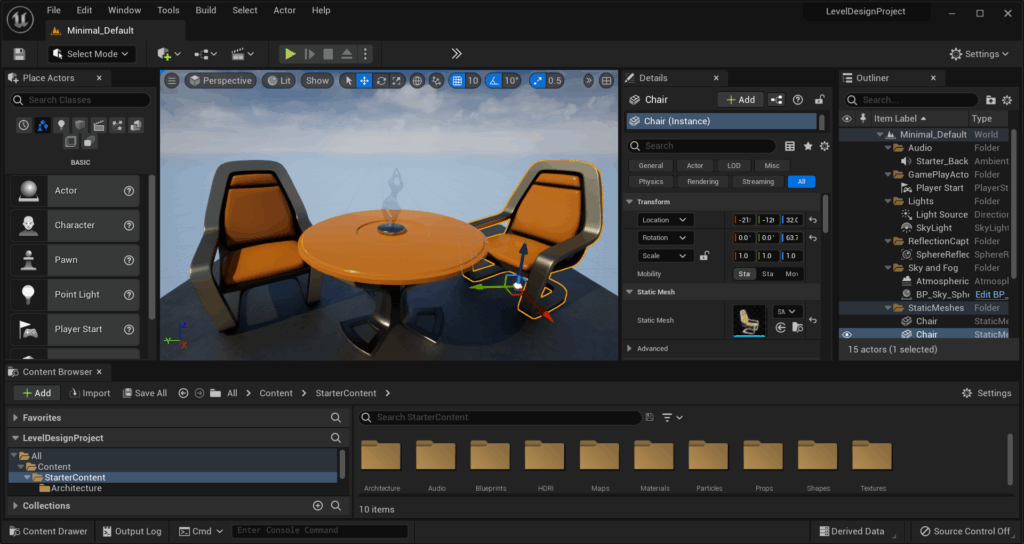
- Octane Render
GPU-based engine known for its accuracy in rendering light and materials. It uses spectral rendering, which results in superior photorealism. Especially effective in cinematography and architectural visualization.
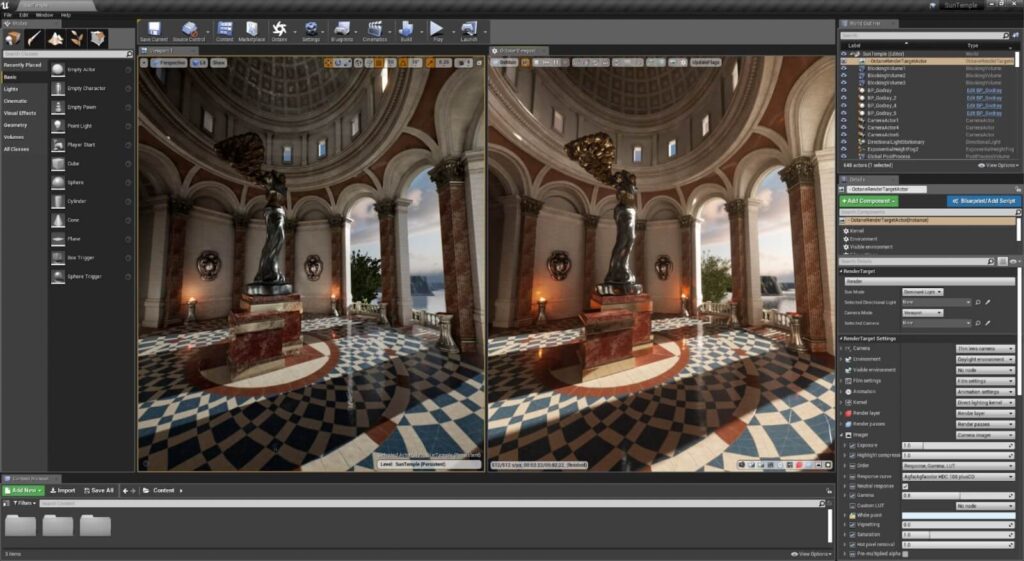
- D5 Render
Focused on speed and simplicity, it offers AI-generated textures and real-time lighting. Especially useful for creating presentations and animations without losing quality.
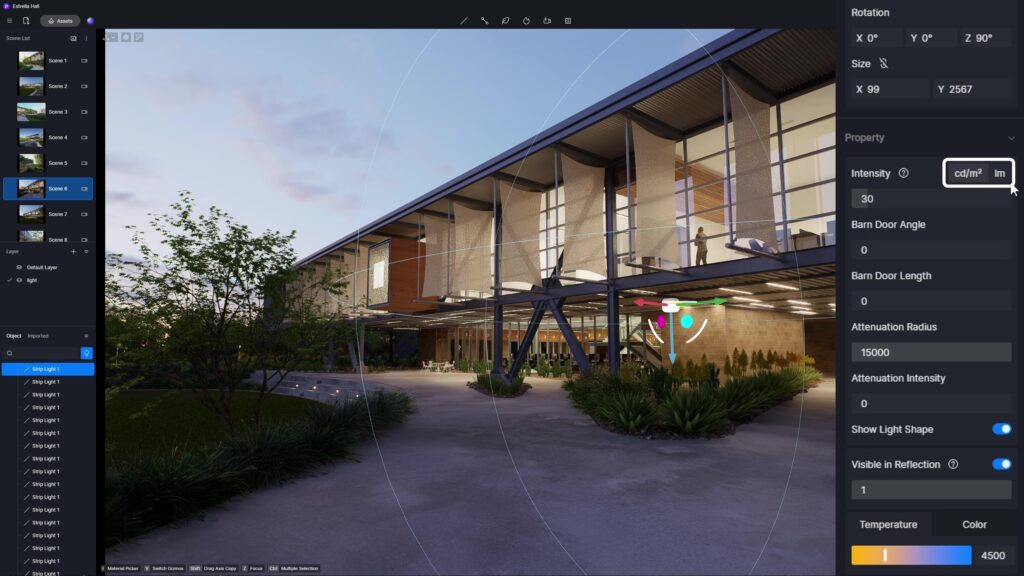
- Corona Renderer
A simple yet powerful CPU renderer. Ideal for users who want quality without complicated settings. Especially popular in architectural visualization due to its realistic display of materials and lighting.

AI: A new tool in the arsenal of architects and students
Along with the strong development of render technologies, the revolution of artificial intelligence in architecture is happening in parallel. From generating blueprints to optimizing energy consumption – AI has become an everyday tool in the hands of architects and designers.
For students, AI becomes a digital mentor. Chatbots like ChatGPT help with exam preparation, essay writing and problem solving, while generative tools like DALL-E, Stable Diffusion or Adobe Firefly help create inspiring visuals.
However, it is important to be careful – AI is not infallible. The tools can produce inaccuracies (so-called hallucinations), and more and more colleges are using systems like Turnitin that recognize AI-generated content. Therefore, responsible and informed use of these tools is encouraged.
On the other hand, AI is already changing the way architecture is taught. At universities like Texas and Syracuse, students are learning to use generative tools not just as users, but as critically aware designers who understand their benefits and limitations. In some cases, AI is already integrated into the curriculum through workshops, electives, or required modules.
Conclusion
In synergy with advanced rendering tools, AI brings a new era to architectural education and practice. Students today have access to technologies that, until recently, did not even exist on the professional market. This brings with it a certain challenge - additional learning and adaptation - but in the long run it means a competitive advantage and better preparation for real work.
Instead of viewing AI as a threat, it's time to embrace it as an indispensable tool – just like CAD software or rendering engines. Those who master it will be ready for the future that is already happening.

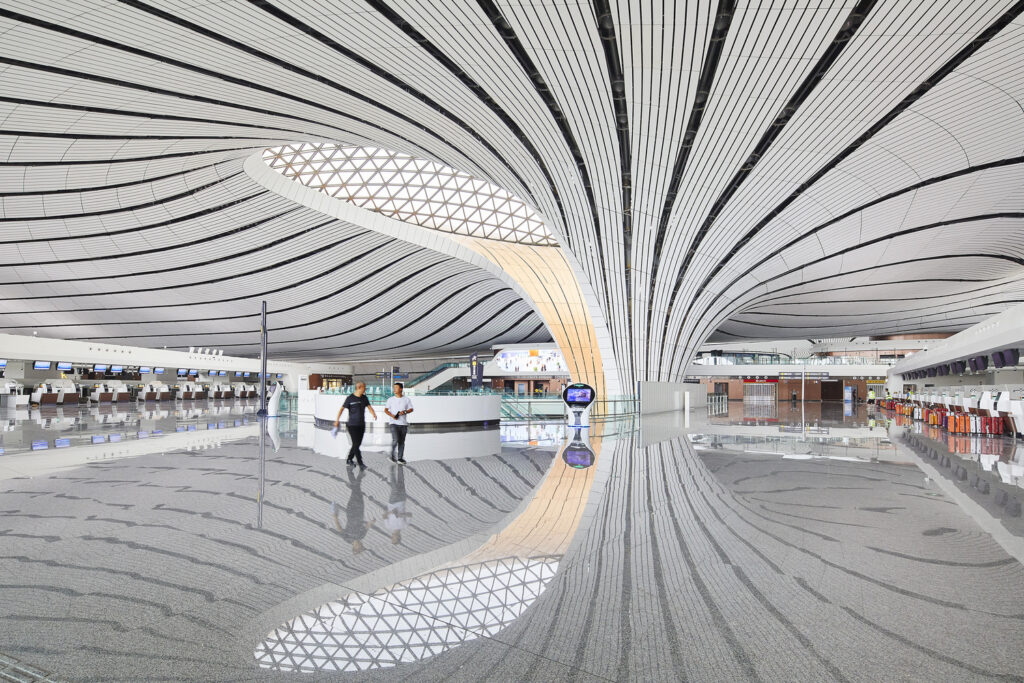


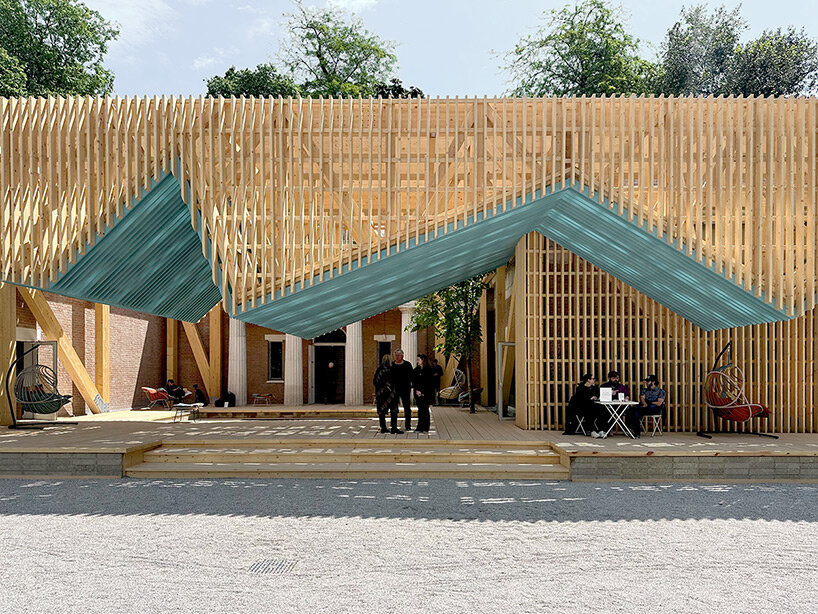

Responses